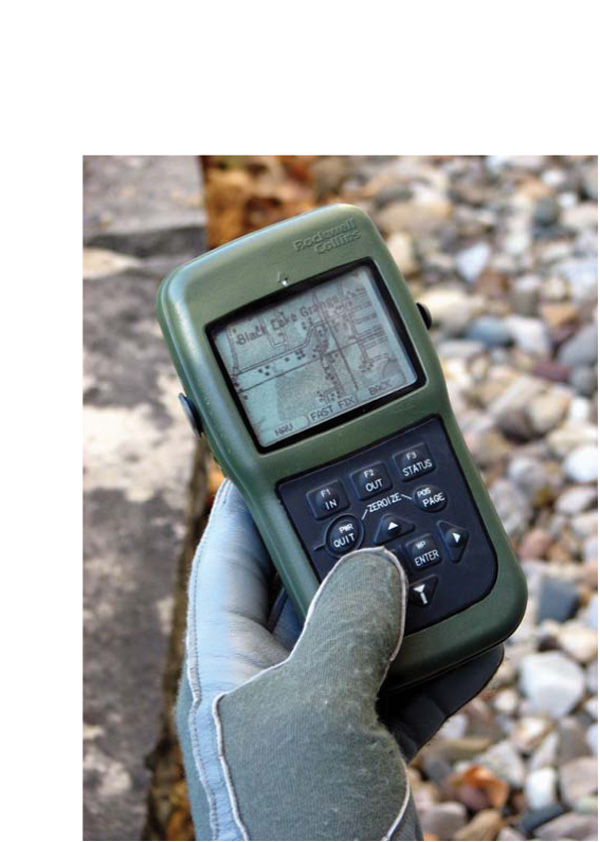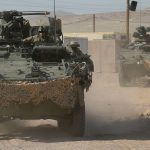The Army is leaning toward using a funding channel designed for fast deals with high-tech entrepreneurs to rev up its work on assured positioning, navigation and timing (A-PNT).
The goal of the new PNT effort, the Army said in a Feb. 27 special announcement, is to “provide position, velocity, and time data with the aid of non-GPS augmentation to the dismounted and mounted Soldier in GPS degraded or denied environments.”
The announcement on the Fed Biz Opps website was issued “for planning purposes” under solicitation number: Army_Program_Manager_Positioning_Navigation_and_Timing
To accomplish its goal the service’s PNT office said it is considering using the Consortium for Command, Control, and Communications in Cyberspace (C5) to pursue prototype A-PNT systems. C5 has an agreement that enables the Army to fund research using Other Transaction Authority (OTA), a mechanism created as a work-around for cumbersome procurement rules so that program managers can identify and fund a project in months instead of years. Department of Defense (DoD) managers can make OTA agreements valued at up to $50 million without additional approvals. Program managers can enter contracts for up to $250 million with a supporting determination from the department’s senior procurement executive according to a May 2017 article in the legal journal The Government Contractor.
“OTA is basically an alternative to the Federal Acquisition Regulation and it’s designed to make it easier for so-called non traditional defense contractors – think Silicon Valley – to make it easier for startup companies, cutting-edge, small technology companies that historically have had no interest in working with the government, Defense Department or otherwise,” said Charlie McBride, president of the Consortium Management Group, which is the management organization that owns and operates C5.
The way it works, he said, is that a program manager determines a need and comes to C5 with their requirements and a rough budget. C5 puts that information into the form of a request for white papers, which is then sent to all its members; they typically have several weeks to reply. Those organizations that are interested and can meet, or nearly meet, the requirements submit a white paper describing their approach. The government manager evaluates the papers, choosing the organization(s) he or she wants to work with. “There’s a process that takes over then that leads to an actual agreement between the government and C5 on behalf of our member,” said McBride. That last step, he said, takes 90 days. The project can also be expanded and even enter into production under OTA rules.
Organizations apply for membership online, McBride said. The C5 staff talks with applicants and check the applicant’s website, but approval is generally granted quickly “unless there’s something egregiously wrong.” Membership information is available at www.c5technologies.org/ though the organization was having website issues as SIGNALS went to press.
This full article can be read online at https://insidegnss.com/node/5811





